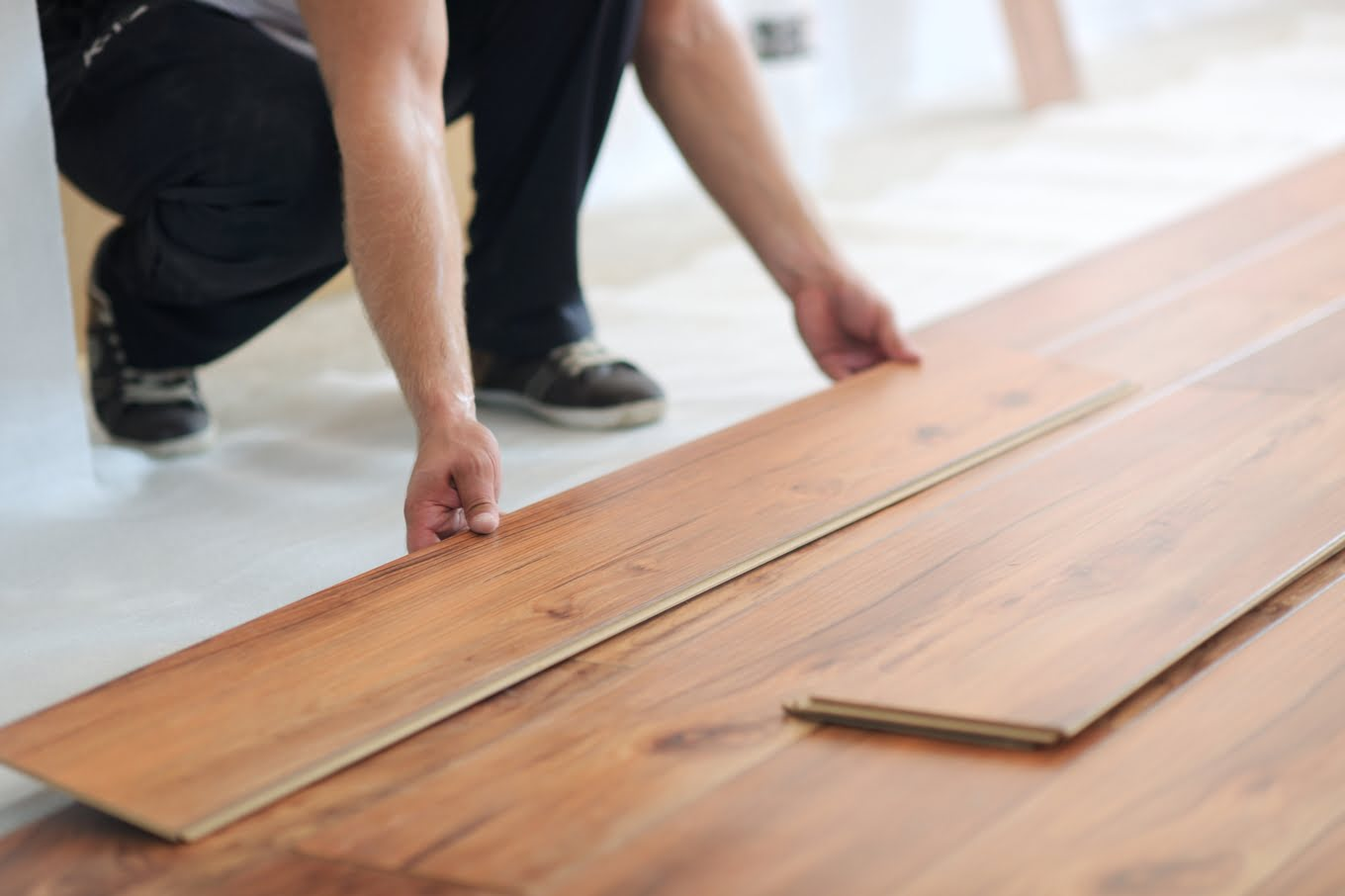
Leveling the floor before laying panels is a very important step, ensuring not only an aesthetic appearance but also stability and durability of the floor. Many people, including professionals, claim that the only good way to level a floor is to use screed.
In this article, we prove that there are alternative methods of leveling the floor that are just as effective and less time-consuming.
Discover proven methods for leveling a floor without using screed and what materials can be used instead - today we'll particularly focus on the underlay prepared for vinyl panels, which you can find in our offer at mexen.pl.
Can you level a floor under panels without a cement screed?
When laying floor panels, ensure that the floor surface is as smooth as possible. This will allow you to lay the panels perfectly, providing comfort of use and prolonging their lifespan. In the case of finishing a flat, the screed is usually perfectly smooth, but the situation is a bit different during renovation, especially if the previous coverings had to be removed before laying the panels.
The easiest way to level the floor is, of course, to use a self-leveling screed. However, this can significantly increase the costs of installing a new floor and requires time – the drying time of the screed depends on its type and the temperature in the room.
Fortunately, there are not only self-leveling cement screeds but also other ways to level the floor under panels. Some also propose laying panels on an old floor, after leveling and filling any gaps, but this is not always a good idea.
What materials to use instead of screed?
Instead of traditional cement screed, polyurethane or epoxy resins can be used to quickly level the floor and achieve an ideally smooth floor surface.
Epoxy resin is characterized by high resistance to mechanical damage and resistance to atmospheric factors - it insulates well and does not let moisture through. However, leveling the floor with resins is quite a time-consuming task.
If you are wondering how to level a floor under panels without screed, you should get acquainted with the following proposals:
- OSB boards (Oriented Strand Board) - are an excellent leveling material. They work well in leveling different sizes of floor unevenness. The advantage of the boards is that they are easy to install and come in various thicknesses.
- Gypsum boards - these types of boards are also a good choice, especially for floors with larger unevenness. The boards are easy to process, which allows them to be easily fitted to the shape of the floor.
- Extruded polystyrene underlays - perform well as leveling material, especially for cement floors.
- Special underlays for floor panels.
As you can see, traditional self-leveling screed is not the only or the best way to level the floor under floor panels.
How to quickly level the floor?
Special underlays work excellently for leveling the floor surface before laying vinyl panels. Various types of underlays for panels are available on the market, as they may have slightly different properties depending on what material they are made of.
For example, underlays with a breathable membrane perform excellently wherever there is a high level of humidity, and underlays with a layer of aluminum foil can be used with underfloor heating.
Which underlay for vinyl panels you choose also depends on the way they are installed. Panels fixed with glue need a perfectly smooth floor, otherwise, they may crack during use. In contrast, floating panels allow for slight unevenness, as they 'work' differently from those glued to the floor.
After leveling the floor and laying the underlay, you can begin installing the panels. Make sure the floor is completely dry and clean, then follow the manufacturer's instructions on how to lay vinyl panels.
How to make a floor without screed – summary
Before mounting panels on the floor surface, ensure it is as smooth as possible. A leveled floor ensures that the panels laid on it lie perfectly flat, providing optimal stability during use. Panels adapt to the shape of the floor - if it is uneven, cracks can appear on the surface of the panels.
As you can see, finishing the floor is possible also without the use of traditional cement screed. There are many other solutions that allow you to achieve a level floor on which you can conveniently install vinyl or laminate panels. Choose the floor leveling method best suited to your individual needs


















